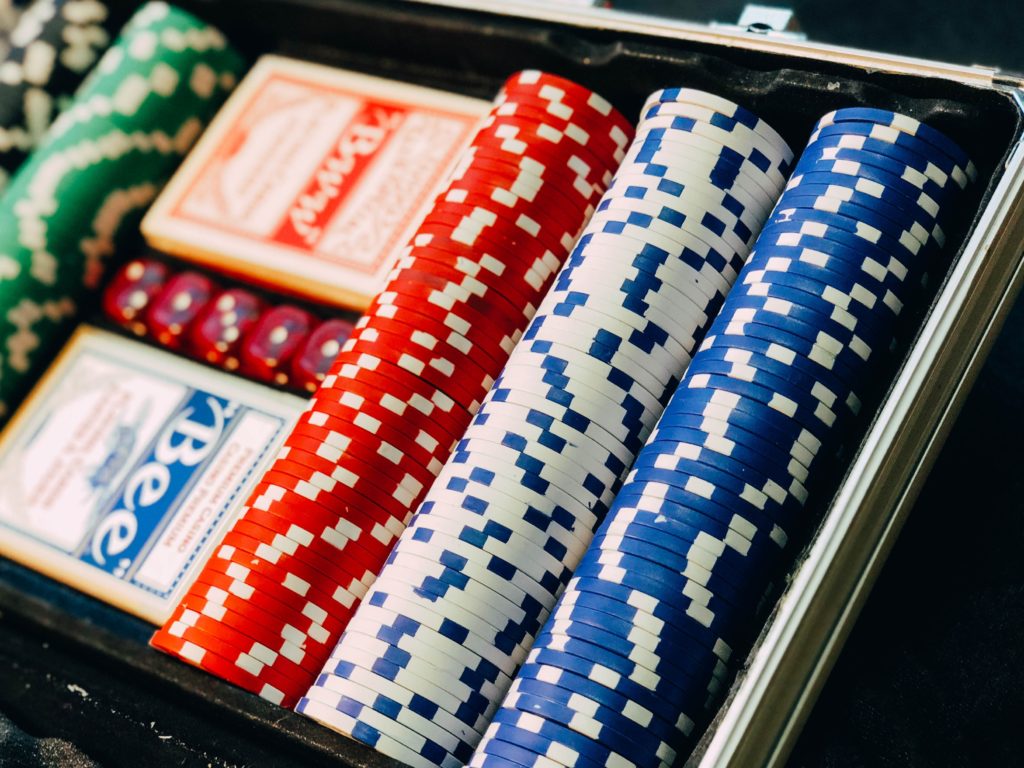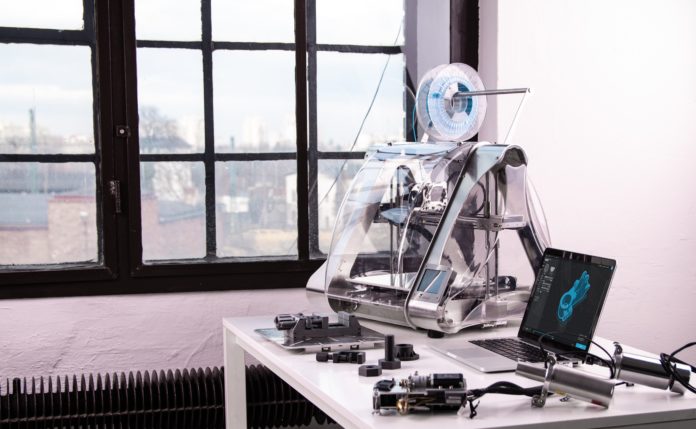Though 3D printing can often prove to be prohibitive to a variety of projects due to the expense of the printer itself, in terms of spacing and materials there is plenty of wiggle room. Printers can be small or large, depending on need, while materials are continually being adapted for printing in 3D.
The most common printable materials used are plastics, such as PEEK or PLA. Other common materials include resins and metals, though composites have also become more popular. Composite materials are created by combining other compounds together.
However, when it comes to commercially viable materials (meaning that they can be bought off-the-shelf without a massive bill), 3D printing is celebrated as one of the most accessible modern innovations. Everything from food-safe materials to thermoplastics can all be bought and used to print in 3D, which means that more and more creative projects are being undertaken.

The Case of the Ceramic Chip
When it comes to innovation, the sky is the limit. And now that computer programs can transform any idea into a physical reality with the help of a 3D printer, more and more industries are set for an overhaul.
Though physical casinos and their ceramic chips aren’t going anywhere, the boom of the online gaming industry is set to hit a global worth of $90 billion by 2024. Top sites around the world offer deposit bonuses and matches for newcomers who prefer to play at home, which means the number of ceramic chips being minted may lessen significantly in the coming years.
In this case, ceramic chips may be better suited for 3D production versus mass production—which means they wouldn’t be ceramic anymore. However, an important part of casino life for any gamer is the feel of the ceramic chip, which presents an interesting challenge for anyone attempting to rebrand the infamous, circular piece.
Already, a variety of printable models for ceramic chips are available online for free or for a small charge. Most ceramic chips being created right now are from fans who wanted to mint their own variation for personal use and are therefore made with plastic or a similar composite.
Though material composition is a major concern for casinos that may want to replicate their ceramic chips with a 3D printer, another consideration is security. Most ceramic chips today contain a chip that allows them to be tracked—as well as making them nearly impossible to replicate.
A casino interested in minting its own chips will need to find a secure way to store its 3D models. However, given the high degree of security at all levels of the industry, cybersecurity wouldn’t likely pose an insurmountable threat.
Remember, you can post AM job opportunities for free on 3D ADEPT Media or look for a job via our job board. Make sure to follow us on our social networks and subscribe to our weekly newsletter: Facebook, Twitter, LinkedIn & Instagram! If you want to be featured in the next issue of our digital magazine or if you hear a story that needs to be heard, make sure to send it to contact@3dadept.com






